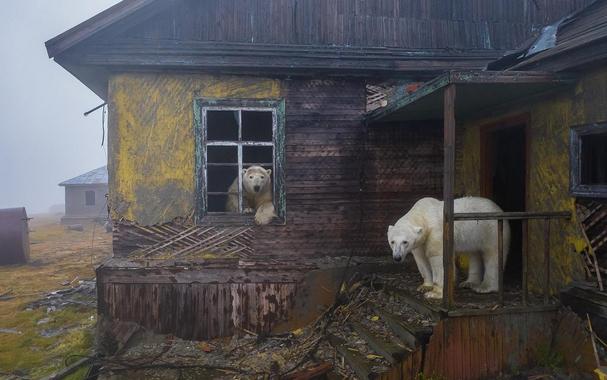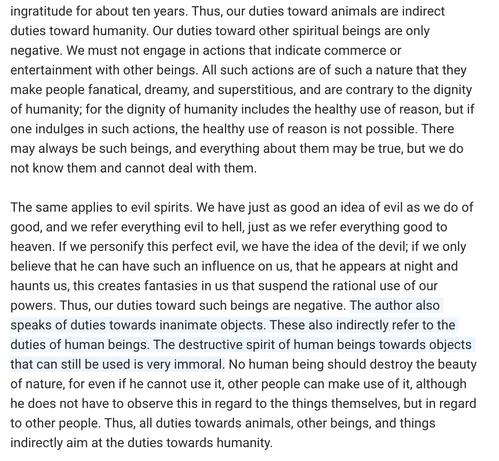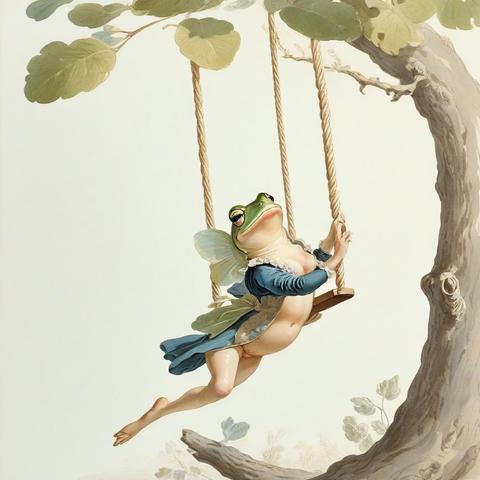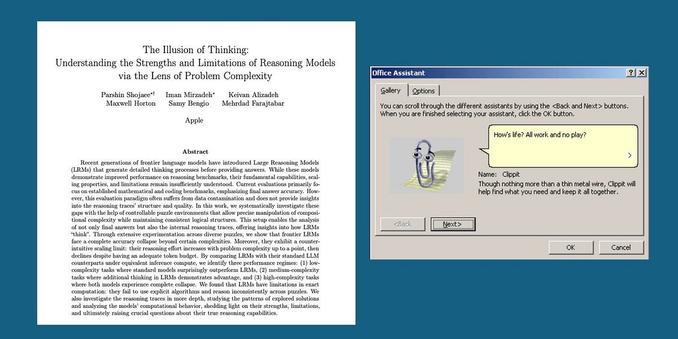#anthropomorphism
"Anthropomorphism takes many forms. We anthropomorphise animal cartoon characters like Mickey Mouse or Bluey when we draw them standing upright with human arms and vaguely human faces. We anthropomorphise forces of nature when we depict them as spirits or deities in folklore. We anthropomorphise our pets when we have conversations with them about our day. This can be playful or serious, and may or may not be taken literally.
But researchers of animal minds have long worried that our natural facility with anthropomorphism might cause problems for research. Anthropomorphic explanations of animal behaviours might feel more compelling or plausible than they ought to. This could lead researchers to the wrong conclusions: to misunderstand the motivations and goals behind behaviour and to endorse inaccurate understandings of their mechanisms of thought. As a result, many research traditions have treated anthropomorphism as a kind of cardinal sin.
The standard view has been that anthropomorphism is primarily an error of overestimating the intelligence of animals. This is partly a matter of definition. This view defines anthropomorphism by identifying a set of traits as uniquely human, or at least human-like. Relevant traits might include reasoning capabilities, emotions or social practices such as culture. Any time someone attributes one of these capacities to an animal, that claim is liable to be attacked as anthropomorphic and, thus, easily dismissed. There is also an empirical assumption about human psychology: that this particular kind of error dominates our thinking about animals. If it does so dominate, perhaps a zealous response is justified."
https://aeon.co/essays/when-is-enjoying-funny-animal-videos-not-anthropomorphism








